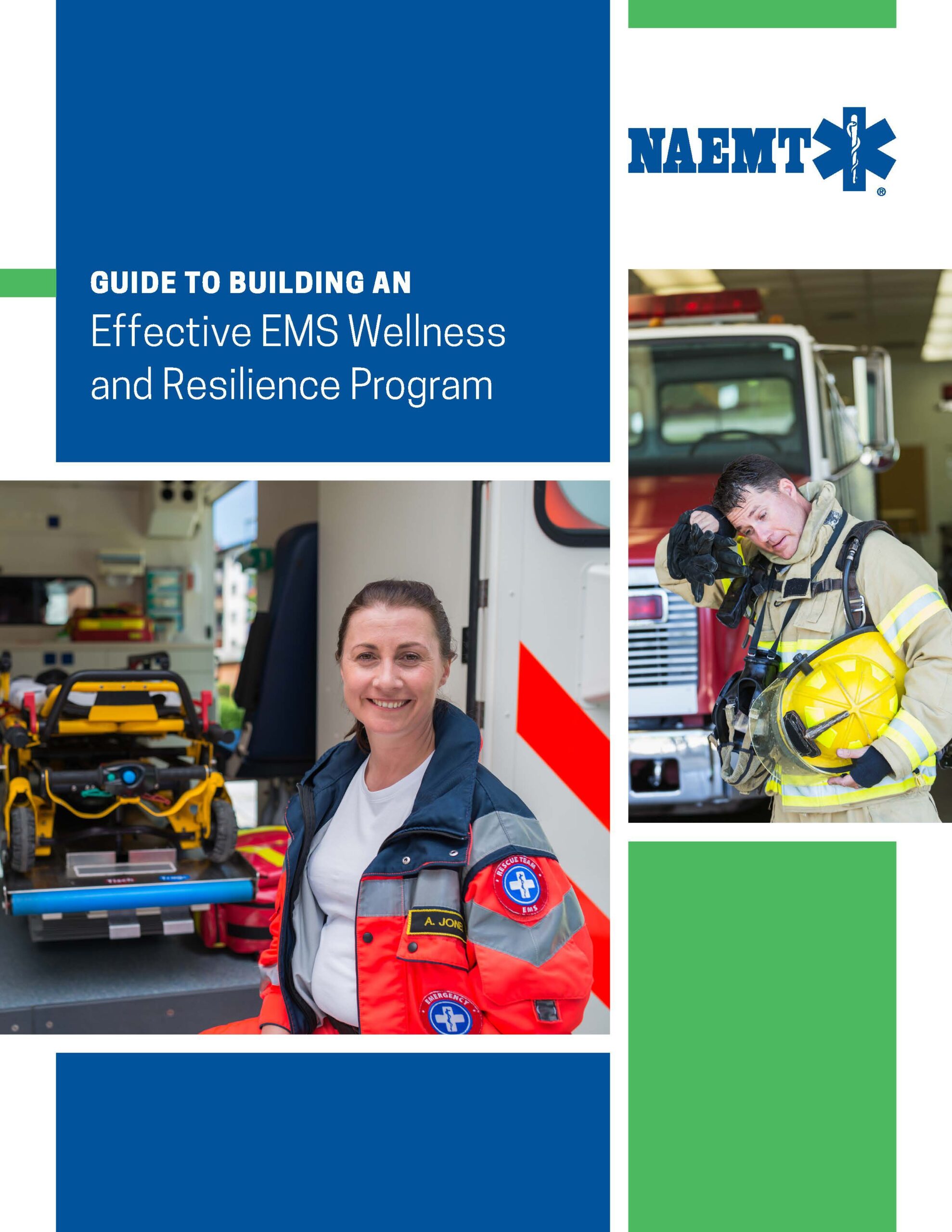
The greatest asset of any EMS agency is its people – the EMS practitioners and other personnel who are there for members of the community during their worst moments, and who ensure their patients receive high-quality, compassionate and life-saving care.
However, “being there” for patients and their family members and friends during medical emergencies is inherently stressful. EMS practitioners often work under difficult, unpredictable and rapidly changing circumstances. They may work in harsh environments, with limited information, assistance and resources. In the course of their work, they may be exposed to risks such as infectious disease, physical violence, occupational injury, vehicle crashes and death. They may be called on to help the victims of traumatic events, such as those who have experienced a natural disaster, serious motor vehicle collision, abuse or violence. EMS practitioners also run the risk of becoming victims of violence at the hands of patients who are inebriated or having a mental health crisis.
To be able to effectively handle the stress associated with working in EMS, EMS personnel benefit from having good physical, mental and emotional health. Read the complete guide for more information.
